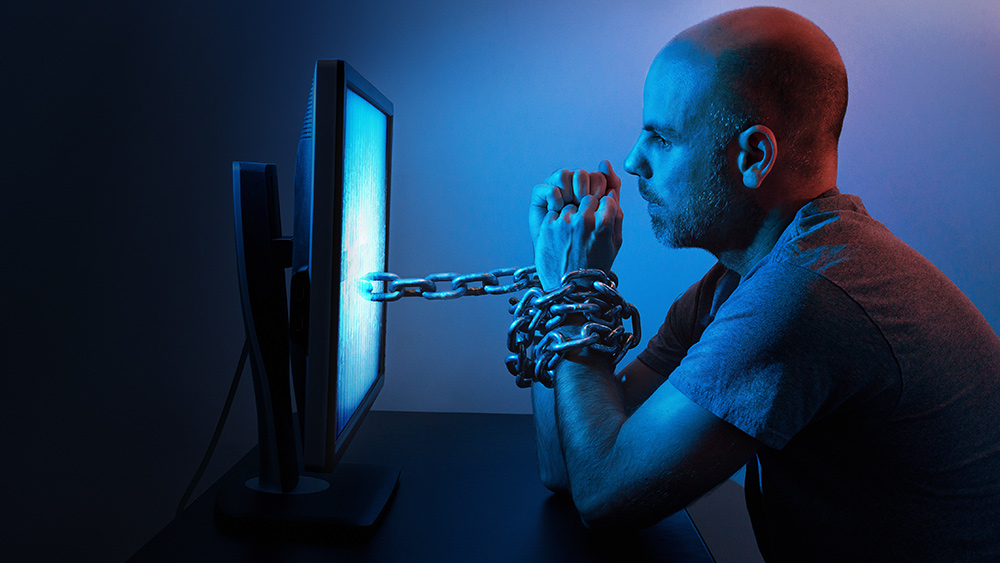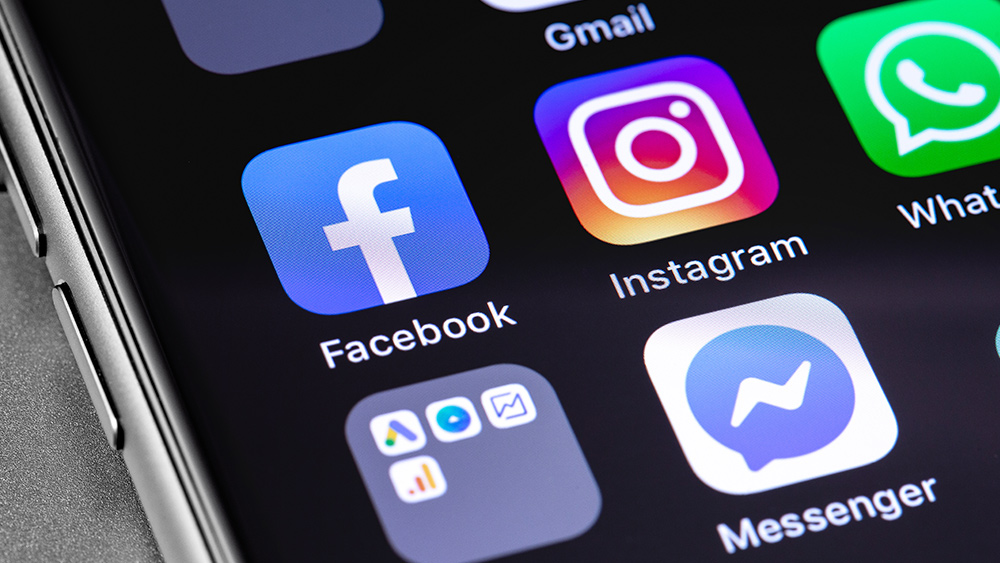
So why is cyberbullying on the rise?
Brain image studies from neuroscientist Molly Crockett’s psychology lab showed that the reward center in people’s brains shifts to high gear when they respond to moral outrage. The behavior makes them feel good, so people tend to express moral outrage again. Challenging social norms entails risks because people may direct their anger on the attacker. But Crockett’s lab found that it also boosts the attacker’s reputation.
Crockett observes that by punishing somebody for violating a norm, that online user would seem more trustworthy. People also believe they are doing good by showing outrage online. This belief is reinforced through tweets, retweets, likes, and other forms of feedback online.
The neuroscientist explains that content which inspires and shows outrage is much more likely to be shared. For instance, there’s a 20 percent chance that every moral or emotional word in a tweet will be retweeted.
In social media, unlike in the real world, relationships are largely anonymous. Users can hide behind the cloak of anonymity. The user cannot confront or expose someone personally. Thus, people feel they can express themselves more freely at any time of the day.
Crockett warns that social media platforms could make expressing outrage a habit, which sadly, disregards consequences because the act is only a “blind response to a stimulus.”
Can online outrage be used for good?
Not everything is negative, though. Online outrage can help marginalized, less-empowered groups to push causes that would otherwise be hard to promote. For instance, moral outrage online has trained the spotlight on sexual abuse of women by men in power.
There is a solution to online antisocial behavior: bots. An experiment found that the level of racist abuse tweeted at black users could be reduced dramatically through bot accounts with white profile images that react to racist tweeters. A usual bot response to a racist tweet could point out that insulting language can hurt people. Promoting a little empathy in such tweets brought down the racist tweets to nearly zero weeks after. Researchers are beginning to learn when to expect the timing of hateful tweets. That’s when they can step in and apply pre-emptive intervention, or delay the posting of a negative tweet.
Cristian Danescu-Niculescu-Mizil, at Cornell University’s Department of Information Science, says it’s surprising how ordinary people, not just online sociopaths, can become trolls by posting negative messages online for some time.
The good news is, in spite of the horrible behavior many of us have experienced online, the majority of interactions are nice and cooperative. A recent British study showed that challenging antisemitic tweets are shared more often than the antisemitic ones. Hateful tweets sparked no reactions or were shared only among a small group with similar accounts.
Meanwhile, you don't have to take cyberbullying sitting down. Stay calm. Just block or ignore the trolls, or tell them to stop. Ask family and/or friends for help. Take screenshots and report online harassment to the proper channels. (Related: 5 Tips to Prevent Cyberbullying.)
If social media is to thrive, companies running them must take a cue from behavioral science so social media can foster cooperation, not rancor. This way, this new and powerful communication tool can be used build, not to tear down society.
Read more articles related to cyberbullying at CyberWar.news.
Sources include:
Please contact us for more information.






















